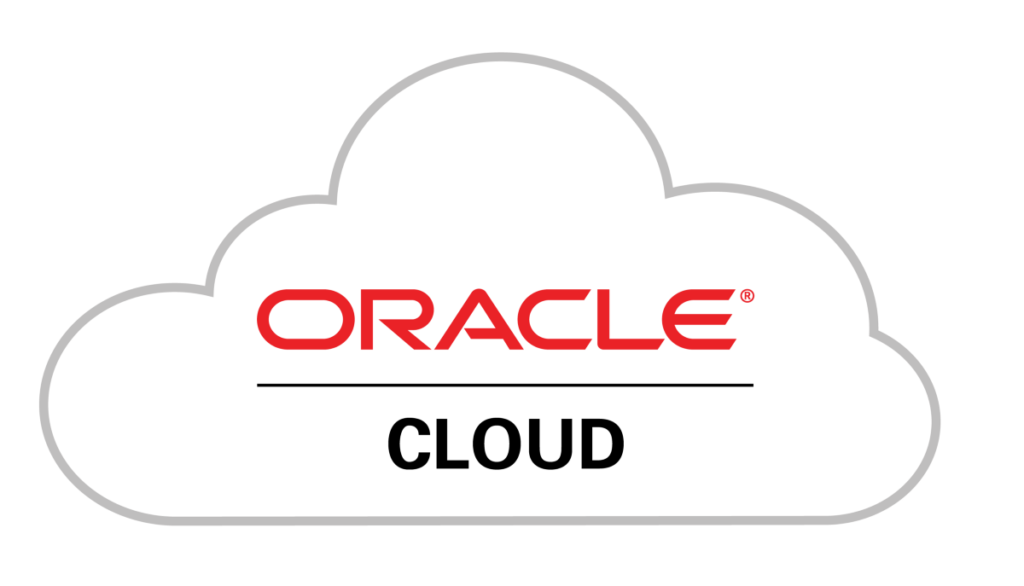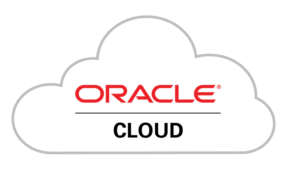How to Set Up DKIM for Oracle Cloud?

DKIM is specified in RFC 6376, and it is used by a number of email service providers, including Google, Yahoo, and Microsoft. DKIM is designed to address some of the flaws in the existing email system, such as spoofing, phishing, and message tampering. It allows email senders to digitally sign their messages in a way that can be verified by email receivers. This allows receivers to verify that the message truly came from the sender, and has not been tampered with.
Steps to Configure DKIM for Oracle Cloud
You must submit a support ticket to Oracle Support in order to configure DKIM keys for Oracle Integration Generation 2 instances. The following information should be included in your request:
- DKIM selector name
- DKIM key size (1024 bits/ 2048 bits)
- Your email sending address
To give you the information you need to add the CNAME DNS record for your domain, Oracle support will get in touch with you.
How to Get Your DKIM Public Key Available for Oracle Cloud
- Sign in as the administrator to your DNS provider’s administration console.
- Go to the DNS records section of each of your domains.
- Depending on the type of DKIM record that has been provided to you, generate a TXT or CNAME record.
- Copy and paste the hostname and value
- Save your record’s modifications and wait 48–72 hours for your DNS to take effect.
Use our free DKIM record lookup tool to validate the published DKIM record.
You can use Skysnag’s free DKIM Checker to check the health of your DKIM record here
Enable DMARC for your domains to protect against spoofing. Sign up for a free trial today!
For more information on Oracle Cloud DKIM setup, you can refer to their reference documentation





